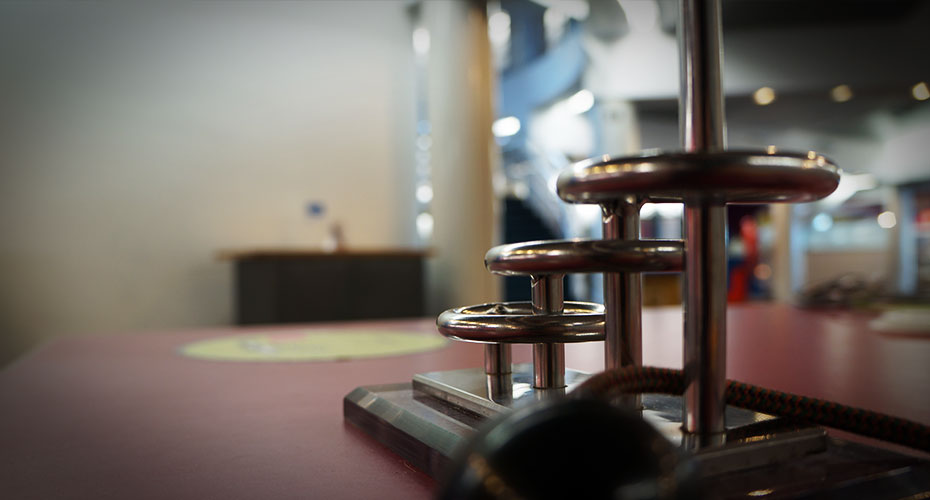In this activity, the student detectives will compare the evidence to fingerprint samples provided by each suspect. The collection of fingerprints at a crime scene is a very important task for forensic scientists because fingerprints reveal who might have touched what.
There are two types of fingerprints:
- direct print (where the finger creates a visible impression in an object or substance)
- latent print (where the finger leaves an invisible mark)
Latent fingerprints are created by dirt, sweat, or other residue left on another object. Forensic scientists can “develop” latent fingerprints to make them visible by dusting for them or by using a chemical method called fuming.
Fingerprints have three main classes structures: the arch, whorl and loop.
- Arches have lines that start on one side and rise and exit on the other side of the print. They look like a hill.
- Loops have lines that enter and exit on the same side of the print. They look like an upside-down U.
- Whorls have circles that spiral and do not exit on either side of the print. They look like a bull’s eye.
Every fingerprint is unique, but there are certain patterns that can be observed which many prints have in common. Interestingly, even fingerprints from the same individual can vary slightly from finger to finger!
Baring loss of a finger tip to injury, or intensive scarring, the fingeprint patterns of individuals will constantly re-grow the same way as their skin re-news throughout their lives
Premise: Latent Fingerprints in the Kitchen
Entering into the Grizzly family’s kitchen, police noticed that many dishes had been used, perhaps by the suspect. Police bagged several dirty bowls and drinking glasses to dust for fingerprints. These were sent to the lab to be processed.
Can your student detectives identify who left what print where?

